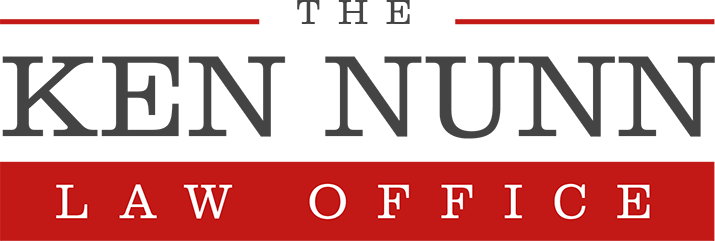
In most car accident cases, it is easy to determine who is at fault. For example, if a vehicle rear-ends you at a red light, the driver of the vehicle is responsible for your damages. You did nothing wrong — you were obeying traffic laws by being stopped at the red light. The other driver was clearly at fault by rear-ending your vehicle. The driver may have been texting, adjusting the radio, putting on makeup, eating, speeding, or taking care of a child. Whatever the reason may be, the other driver did not stop; therefore, he must compensate you for your losses, damages, and injuries.
However, what if the driver turned left in front of you at the red light but you were speeding? Who is at fault for the collision?
When fault isn’t obvious, you need a car accident lawyer on your side who understands how to prove fault. In order to receive compensation from the other driver, you must prove:
- The other driver was at fault for the collision;
- You were injured in the accident; and,
- You suffered compensable damages as a result of the injuries sustained in the accident.
If you are unable to prove fault, you cannot collect compensation for your injuries under Indiana’s personal injury laws. Our car accident lawyers conduct a thorough and comprehensive accident investigation to independently verify the facts and circumstances that led to the car accident to build a strong case proving fault. Our knowledge and experience combined with our network of experts allow our attorneys to develop a strategy to get you the most positive outcome possible under the law for your car accident claim.
Can I Receive Compensation if I am Partially at Fault for the Car Accident?
If fault is in question, our attorneys immediately begin working to prove how the accident occurred. We use experts who reconstruct how the accident happened using physical evidence and eyewitness testimony to determine fault. If both drivers are partially at fault for the car accident, our next step is to determine the percentage of fault an assigned to each driver.
In the above example, you were speeding at the time the other driver pulled in front of you causing a collision. The other driver’s insurance company will argue you are partially at fault for the crash because if you had not been speeding, you may have been able to take evasive action to avoid colliding with the other vehicle. This is an extremely important step because of comparative fault.
What is Comparative Fault vs. Contributory Negligence vs. Modified Comparative Fault?
Comparative fault is the theory that a person can recover damages from the other party even if that person is partially at fault for the car crash. The recovery is reduced by the percentage of fault assigned to each driver. For example, if you are assigned 30% fault for the collision because you were speeding, you would be entitled to receive compensation for 70% of your damages. Your car accident lawyer tries to limit your percentage of liability to maximize the amount of compensation you receive from the other driver’s insurance company.
Each state has adopted laws regarding comparative fault. States that follow the rule of pure comparative fault allows you to receive compensation for damages, even if you is 99% at fault for the car accident. The driver would receive compensation for 1% of his or her damages. However, in a state that follows the rule of pure contributory negligence, if you are in any way at fault for a car accident is barred from recovery any compensation from the other driver regardless of the percentage of fault assigned to you.
Indiana follows what is known as the theory of modified comparative fault. The rule combines the pure comparative fault and pure contributory negligence theories. Modified comparative fault states that you can recover compensation even if you are partially at fault for the accident. However, if you are 51% or more at fault for the accident, you are barred from receiving any compensation from the other driver. In other words, if you are 50% or less at fault for the car accident, you can still recover compensation even if you are partially at fault for the car accident.
Contact a Bloomington, IN Car Accident Lawyer
Proving fault is crucial if you want to receive full compensation for your car accident claim. Contact The Ken Nunn Law Office by calling 1-800-CALL-KEN or 1-800-225-5536 to schedule a free case evaluation with an experienced car accident lawyer.









